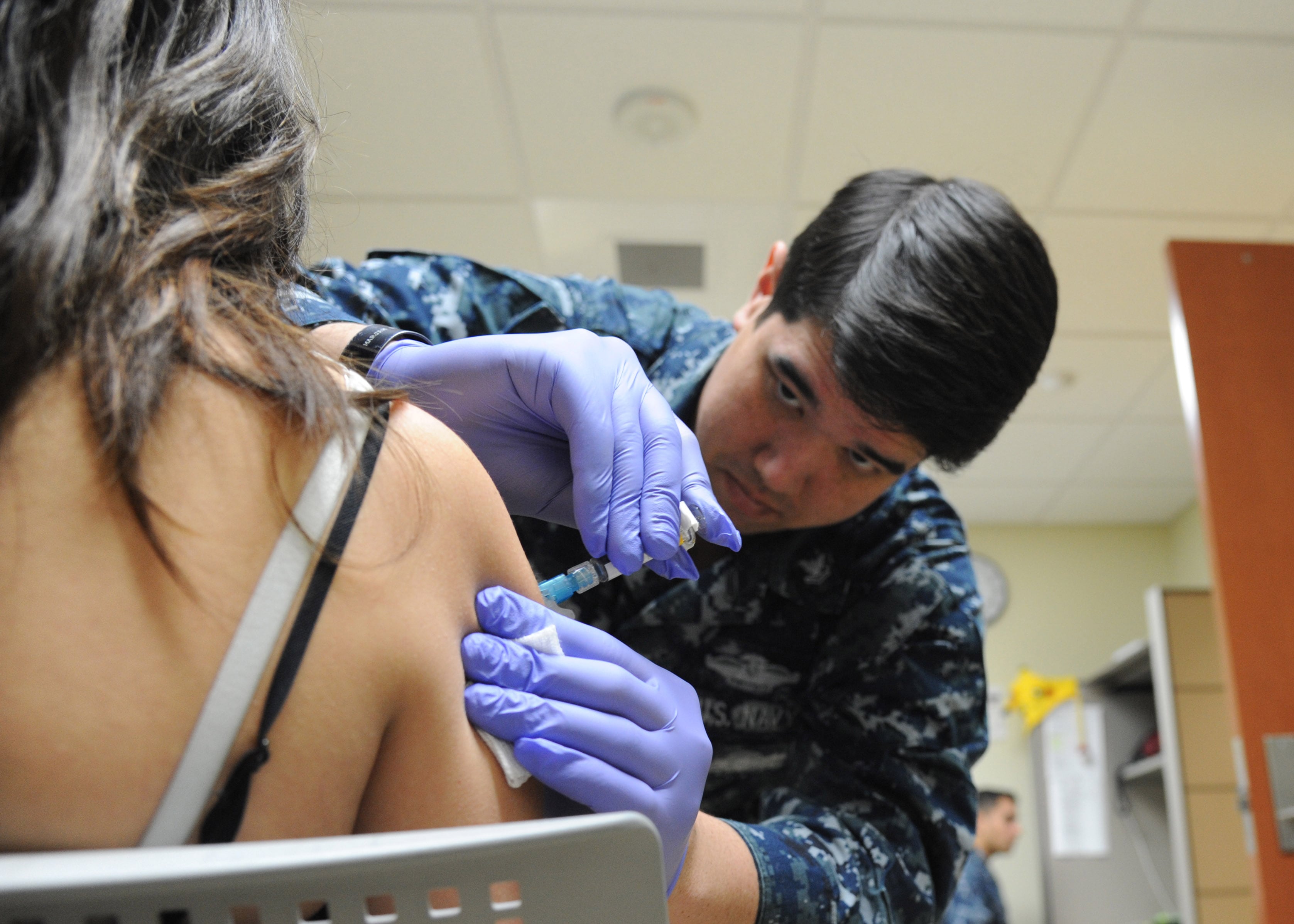More than 70 years ago, several World War II B-25 bombers went down over the waters near present-day Papua New Guinea.
Project Recover, established in 2012 with help from the Office of Naval Research, is a team of marine scientists, archaeologists and volunteers who use advanced technology and historical research to locate aircraft and their crew who have been missing in action since World War II. According to a news release, in early 2017 with a search area spanning almost 10 square kilometers, Project Recover located two missing aircrafts, both B-25 bombers.
Perhaps the most famous aircraft of the war, the B-25 bomber performed a range of assignments — most notably, the Doolittle raid over Tokyo — but also for routine missions such as bombing, photo reconnaissance, and submarine patrols.
One of aircraft discovered was on a mission bombing an airfield when they were hit by enemy fire and went down. Five crew members survived the crash and were taken prisoner by the Japanese; the sixth member remains missing in action. Now underwater, the wreckage of one B-25 is somewhat intact, the other is nearly unrecognizable.
"People have this mental image of an airplane resting intact on the sea floor, but the reality is that most planes were often already damaged before crashing, or broke up upon impact," said Katy O’Connell, Project Recover’s executive director. "And, after soaking in the sea for decades, they are often unrecognizable to the untrained eye, often covered in corals and other sea-life."
While much of Project Recover’s focus is the underwater searching and surveying, they know the importance of historical accounts from village elders, listening to stories passed down for generations about the crashes many years ago.
"Our team of divers and scientists conducts site surveys to fully document the wreckage," explained Andrew Pietruszka, a staff scientist with Scripps Institution of Oceanography at the University of California San Diego
, and
Project Recover’s underwater archaeologist. "That documentation can then be used by the U.S. government to correlate soldiers still missing in action with the aircraft site we discovered, and to evaluate that site for the possible recovery of remains."
The serious natures of their discoveries is not forgotten: more than mechanical pieces, these ruins are often the final resting place of missing American military.
"Any find in the field is treated with the utmost care, respect and solemnity," O’Connell said. "There are still over 73,000 U.S. service members unaccounted for from World War II, leaving families with unanswered questions about their loved ones. We hope that our global efforts can help to bring closure and honor the service of the fallen."
If there is a possible connection to a service member still listed missing in action, the Pentagon's Defense POW/MIA Accounting Agency (DPAA) takes care of recovery and repatriation efforts. DPAA notifies the families of the discovered MIAs if a connection is made.
In 2016, Project Recover conducted numerous missions to search for more than 20 aircraft and 100 military personnel still missing in action. They will be returning to Papua New Guinea later this year.





